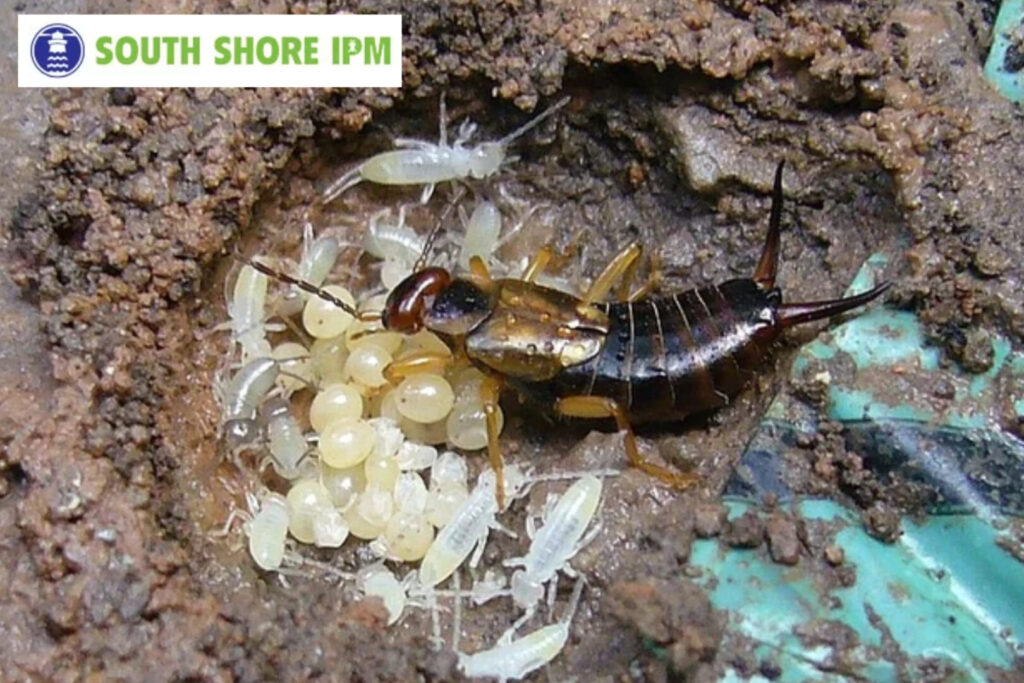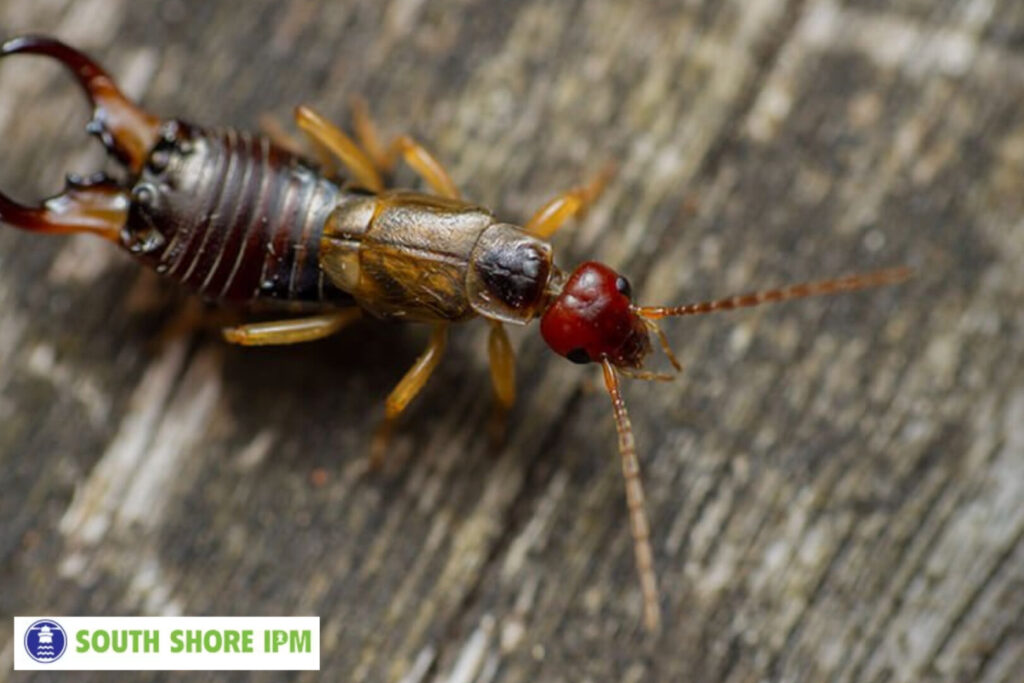Can Earwigs Fly? Here’s What You Need to Know
Earwigs are some of the most misunderstood insects in the pest world. Their intimidating pincers, creepy movements, and late-night appearances often spark curiosity and fear. But one question homeowners often ask is: Can earwigs fly? In this blog post, we’ll explore the anatomy of earwigs, what their wings are really for, and how they compare to other common household pests. Whether you’re dealing with an earwig infestation or simply curious about these odd insects, read on for the facts.
Do Earwigs Have Wings?
Yes, earwigs do have wings. In fact, most earwig species have two pairs of wings: a leathery outer pair and a delicate inner pair. However, just because they have wings doesn’t mean they’re using them. The outer wings protect the fragile, fan-like inner wings, which are folded underneath.
But here’s the twist: even though many species have wings, they rarely use them. Most earwigs prefer crawling and hiding in dark, damp places. Their wings are more of a biological feature than a go-to mode of transportation.
So, Can Earwigs Fly?
The short answer is yes earwigs can fly, but they usually don’t. Flying isn’t their preferred method of travel. Their wings are functional, but not particularly efficient, and their flight tends to be weak and erratic. Some species may take short gliding flights if disturbed or looking for food, but most stick to crawling around your baseboards, bathrooms, or gardens.
If you’re wondering why you rarely see earwigs in the air, it’s because they don’t often feel the need to fly. Their behavior and biology push them toward burrowing and crawling, not buzzing around like flies or wasps.
To explore this more, check out can earwigs fly for additional insight.
Why Do Earwigs Have Wings if They Don’t Use Them?
Great question. From an evolutionary standpoint, wings might have been more useful to their ancestors. Today, earwigs use their wings mostly for balance and occasional short movements. Their pincers and legs are more crucial for their daily survival tasks like hunting small insects, mating, and hiding from predators.
What Do Earwigs Look Like?
Earwigs are easy to identify:
- Flat, elongated bodies (usually dark brown)
- Prominent pincers (forceps) at the rear
- Antennae
- Wings tucked under short protective covers
People often confuse them with other pests. One common confusion? Silverfish vs earwig. While both are fast-moving and nocturnal, silverfish are wingless, have a teardrop shape, and lack pincers. Learn more about the difference between silverfish vs earwig.
Are Flying Earwigs a Problem?
Even though flying earwigs are rare, their presence can still be alarming. Whether they crawl or take to the air, earwigs can become a nuisance if they make their way indoors. While they don’t bite or transmit diseases, they can damage plants, enter homes in large numbers, and create a general sense of discomfort.
If you notice signs of earwig activity in your home like pinched leaves in the garden or spotting one in your bathroom late at night it may be time to look into earwig control near me.
Why Are Earwigs Attracted to My Home?
Earwigs are moisture-seekers. They’re drawn to damp, dark areas like basements, bathrooms, mulch, and even folded laundry left on the floor. They may enter through cracks, vents, or gaps in doors and windows, especially when outdoor conditions become too dry or cold.
That means addressing moisture issues can go a long way in controlling an infestation. Sealing up your home’s foundation, fixing leaky pipes, and keeping things dry can reduce the likelihood of earwigs moving in.
When to Call for Professional Help
While earwigs aren’t dangerous, a large infestation can be unsettling. DIY treatments may help in the short term, but they rarely offer lasting protection. A professional pest management provider can assess the extent of the problem, identify entry points, and apply targeted treatments to eliminate the infestation.
If you’re in the South Shore area and need help, check out trusted services for pest control Braintree.

Final Thoughts
So, can earwigs fly? Technically, yes. But in practice, you’re far more likely to find them crawling than soaring. Their wings are real, but not often used, and when they do take flight, it’s typically in short bursts. Despite their unsettling appearance, earwigs are more nuisance than threat.
Still, you shouldn’t have to share your home with any pest, flying or crawling. If you’re seeing signs of an earwig infestation, taking proactive steps like moisture control and reaching out for professional pest control Dorchester services can go a long way.
About South Shore IPM
At South Shore IPM, we take pride in offering effective, eco-conscious pest management services throughout Braintree, MA and surrounding communities. Our mission is to protect your home, health, and peace of mind through custom Braintree pest control solutions. From ants and termites to rodents and stinging insects, we treat a wide range of pests using green and safe products that minimize exposure within your home.
We offer flexible service plans (Bi-Monthly, Quarterly, Semi-Annual) as well as seasonal treatments for mosquitoes and ticks, mouse control, and more. Every customer receives dedicated support, personalized care, and a pest control strategy tailored to their unique needs. If you’re looking for a trusted exterminator Dorchester residents rely on, our team is here to help protect your home year-round.







